The 10th Heidelberg Laureate Forum in Sketchnotes
BLOG: Heidelberg Laureate Forum

The week of the 10th Heidelberg Laureate Forum, which once a year brings together bright young mathematicians and computer scientists with the most prominent scientists in the field, started with fresh new lectures by old and new friends of the HLF, Laureates Raj Reddy, Yael Tauman Kalai, and Robert Metcalfe, all very popular among the audience!
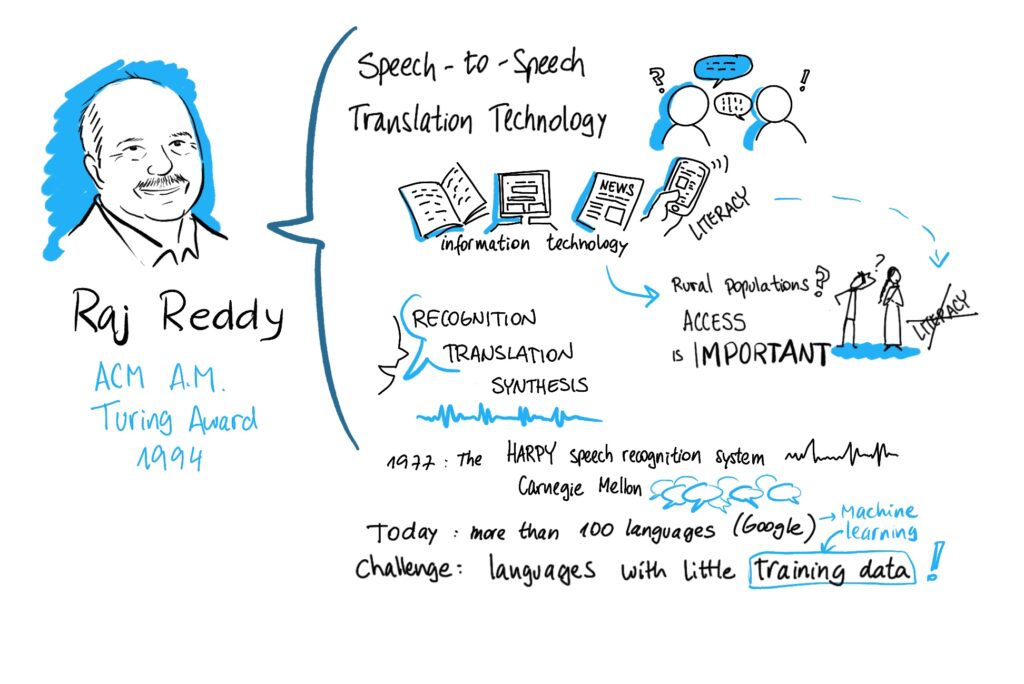
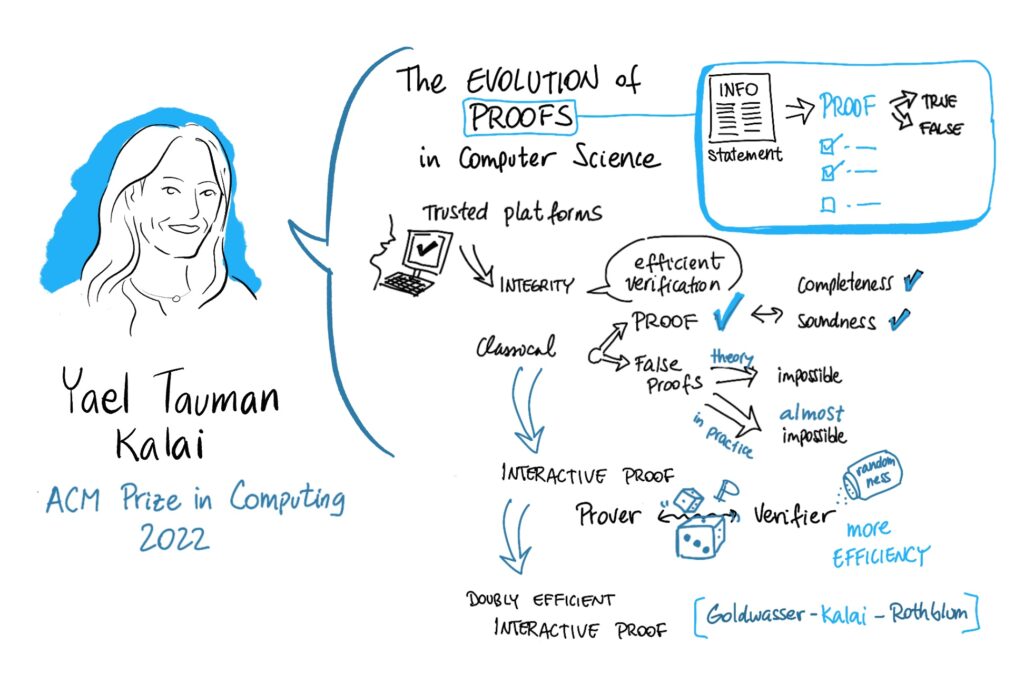
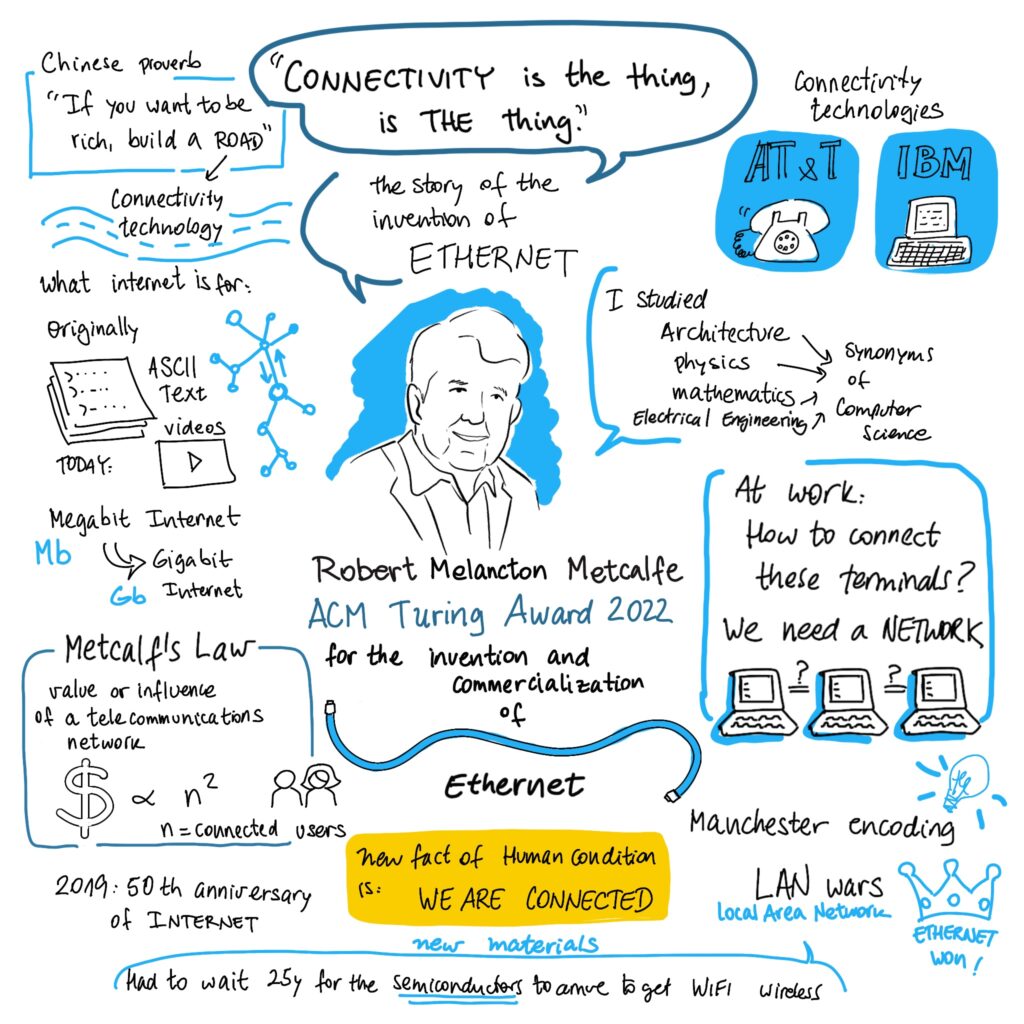
This year’s HLF has a brand new format that turned out to be a revelation: the Lightning Talks, moderated by mathematician and communicator Dr. Tom (Rocks Maths) Crawford.
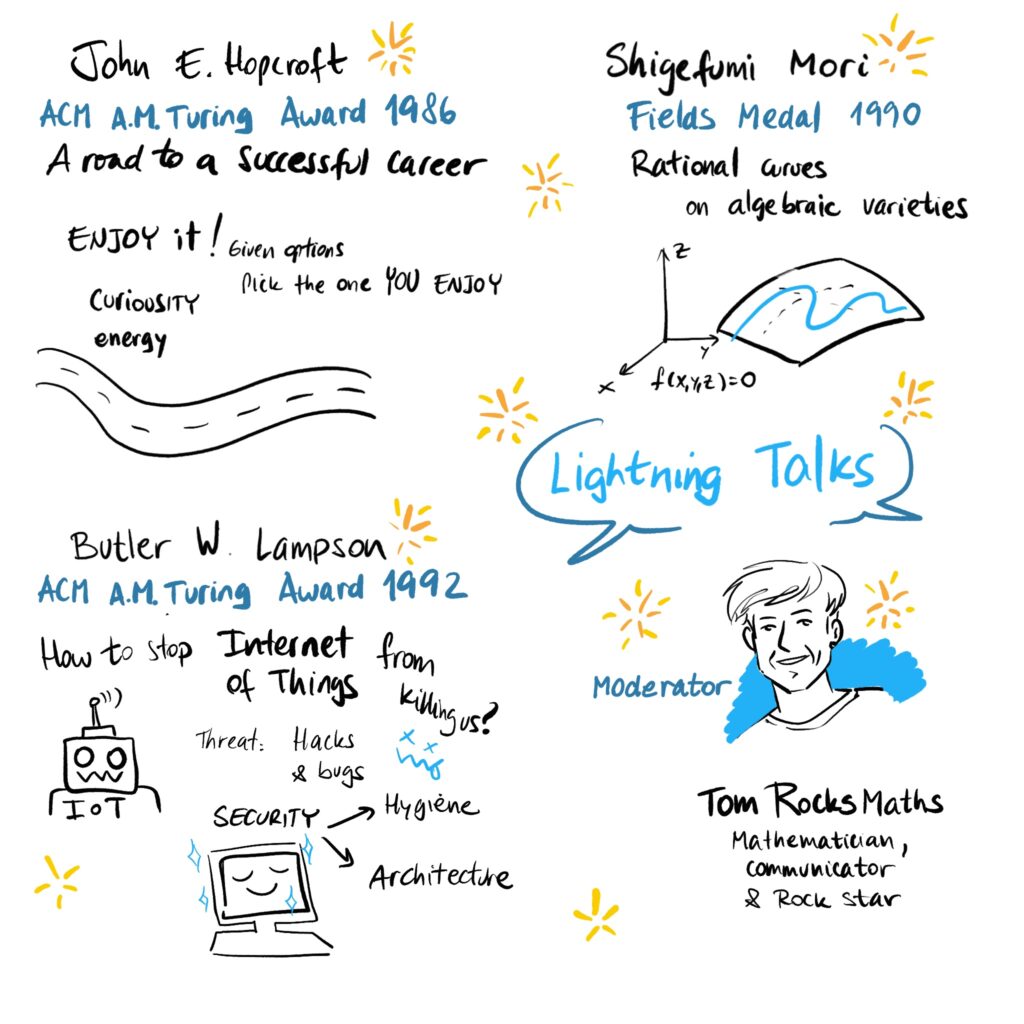
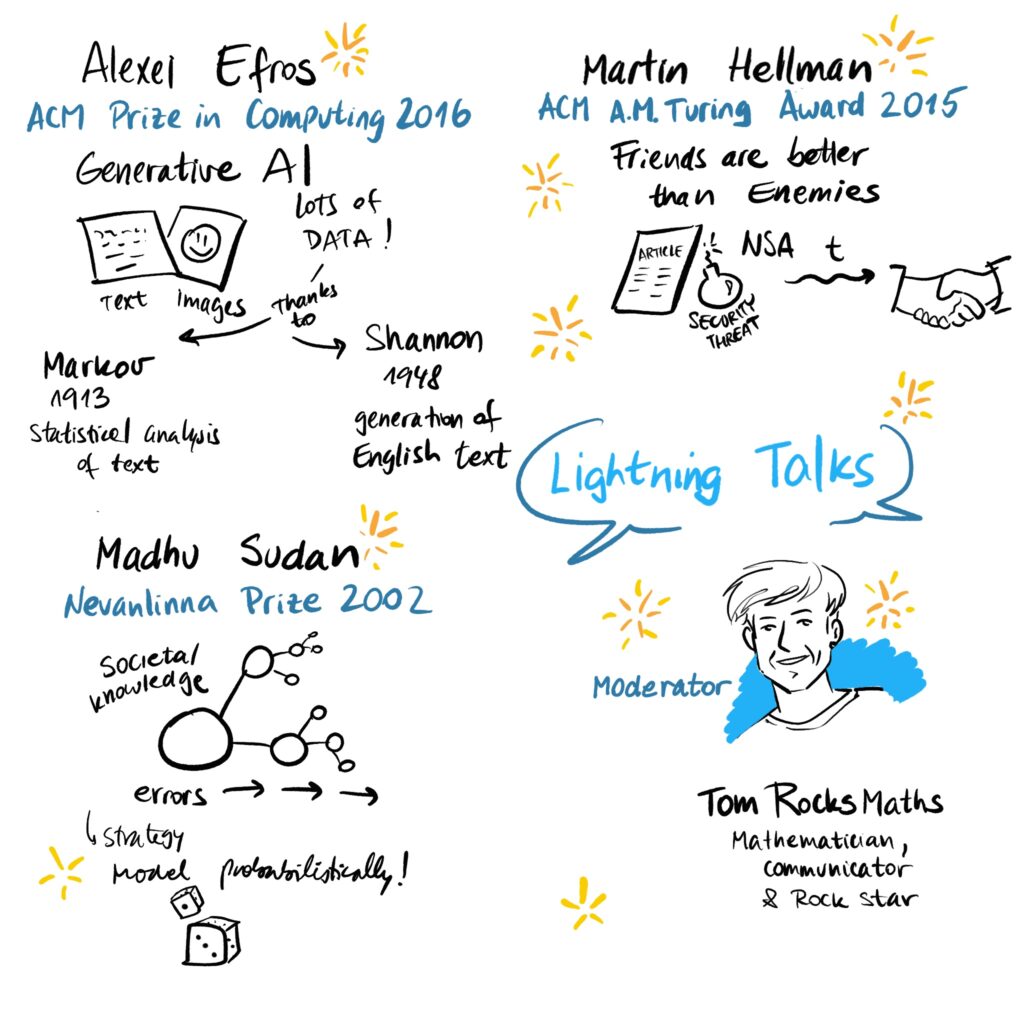
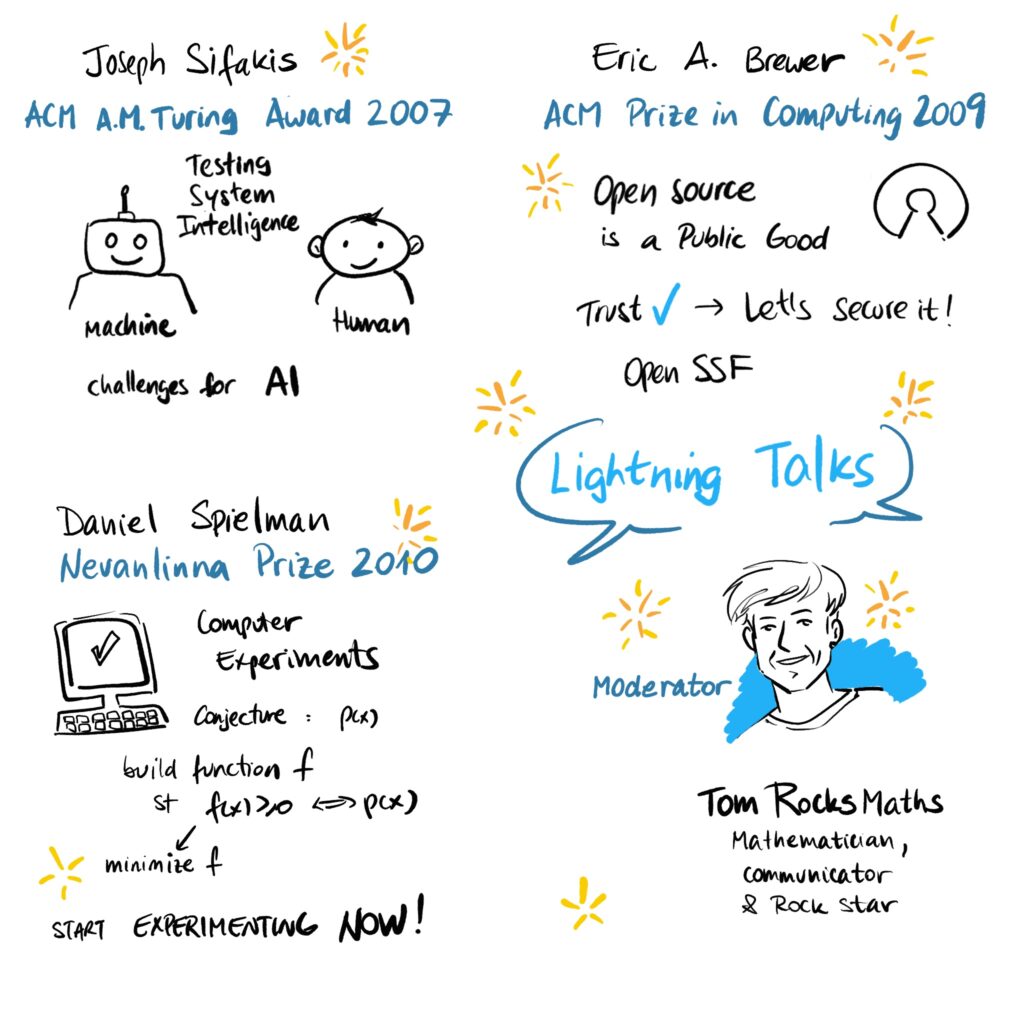
But the surprise didn’t stop there! The Spark Session’s purpose was to inspire!
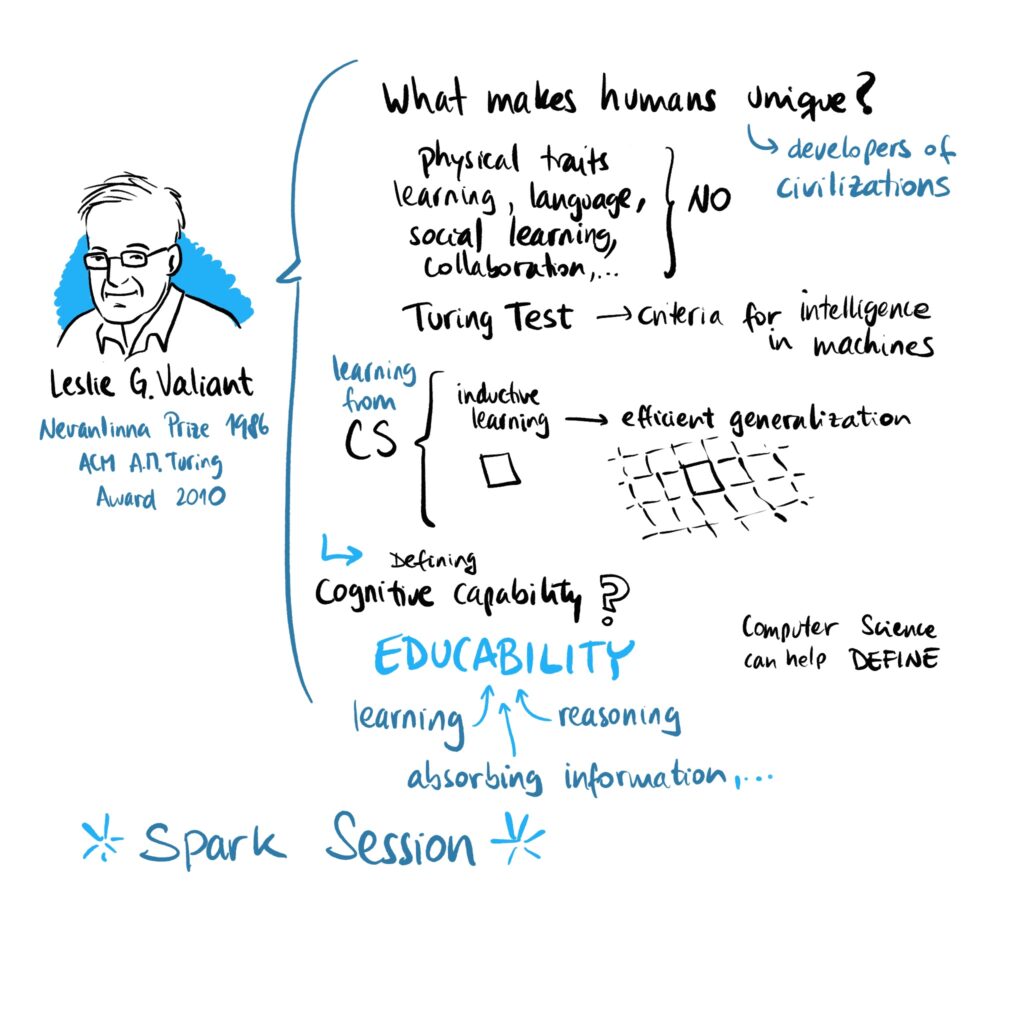
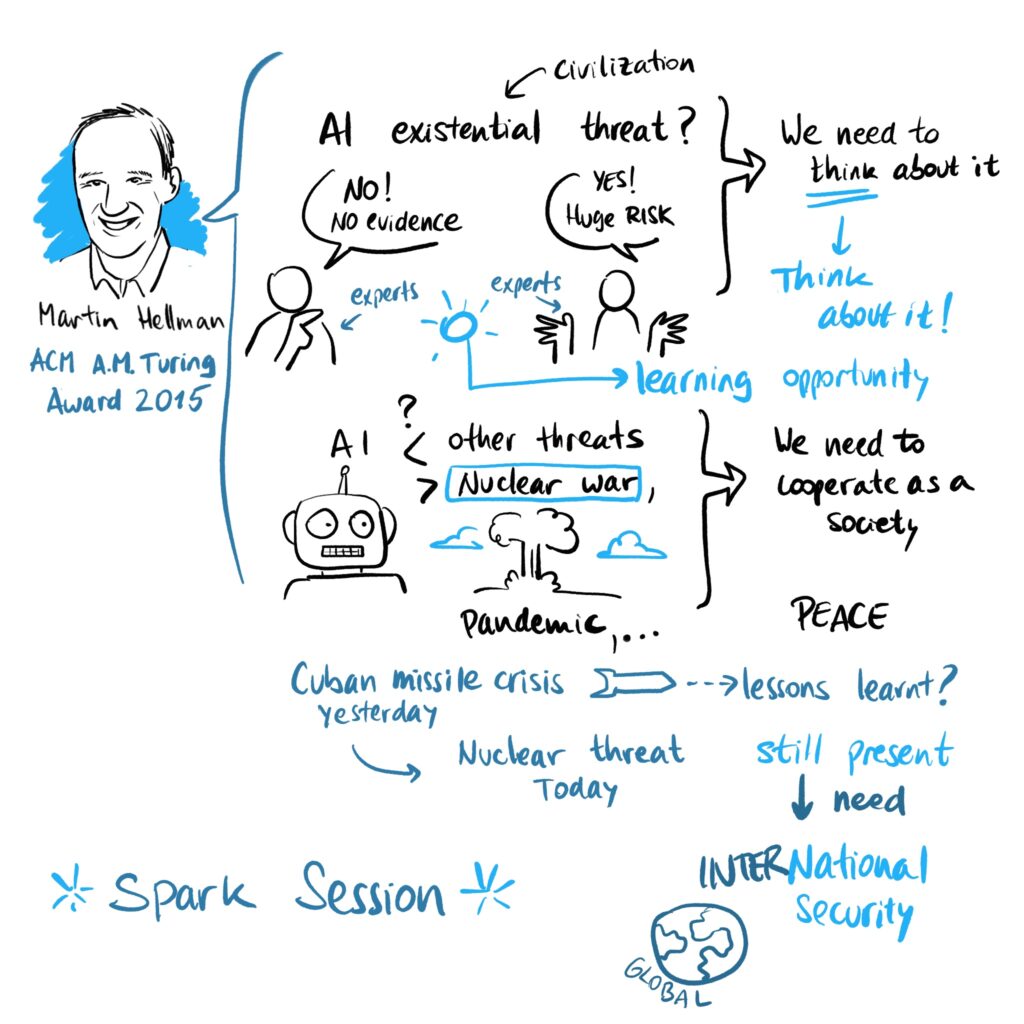
This week welcomed new Laureates who shared with the audience their passion for mathematics, phase transitions and the connections between maths and computer science
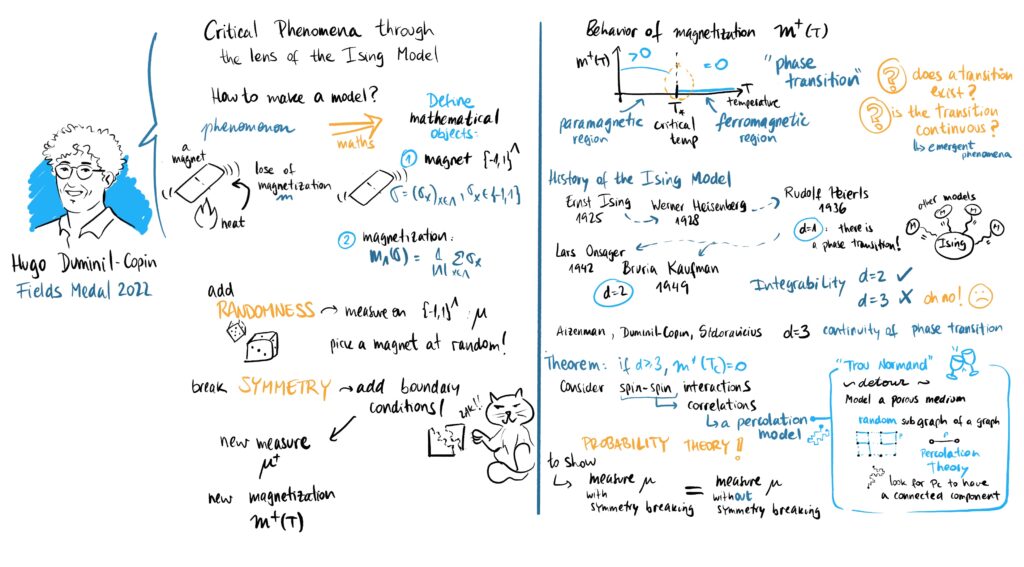
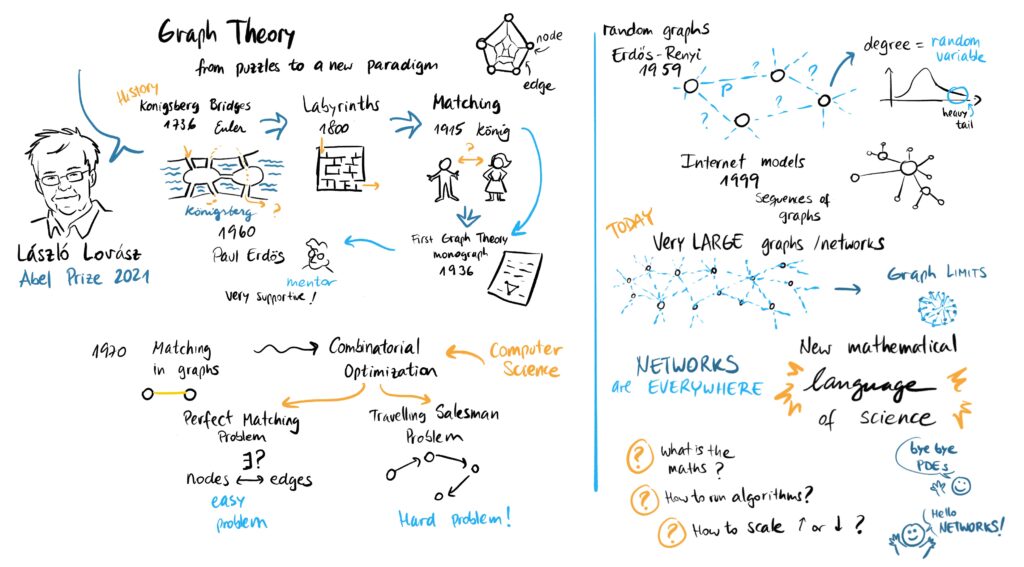
The week couldn’t be complete without a Panel discussion on what is probably ”the” hot topic of the year: Generative AI, moderated by science journalist Anil Ananthaswamy.
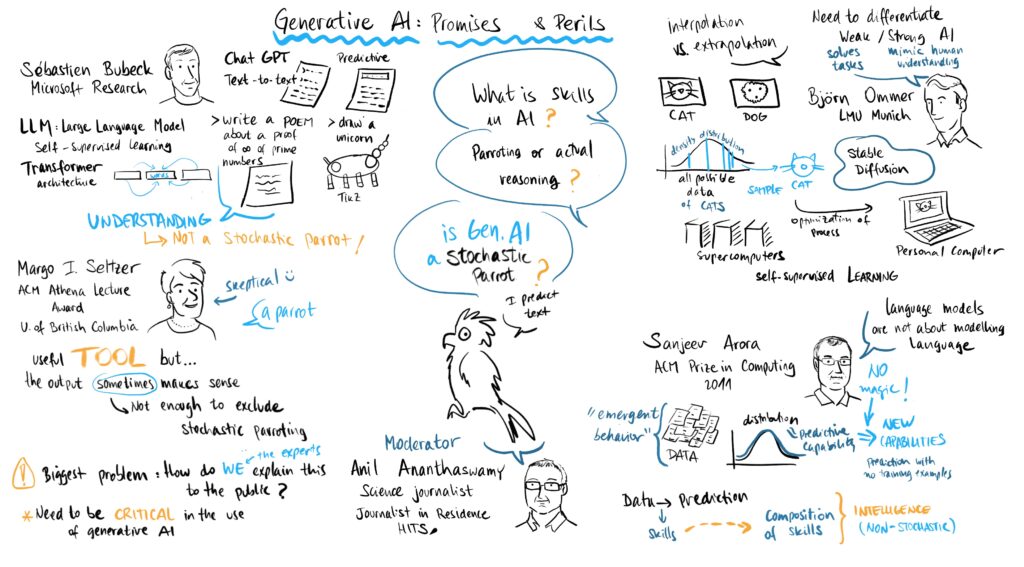
Throughout the week, the participants of the HLF had the opportunity to visit an exhibition with a selection from the last 10 years of outreach at HLF. The HLF Foundation’s outreach activities are situated in the MAINS, the Mathematics and Information Station, opened by the HLFF in 2017. The Head of Outreach and Exhibitions, Dr. Volker Gaibler, gave us a tour!
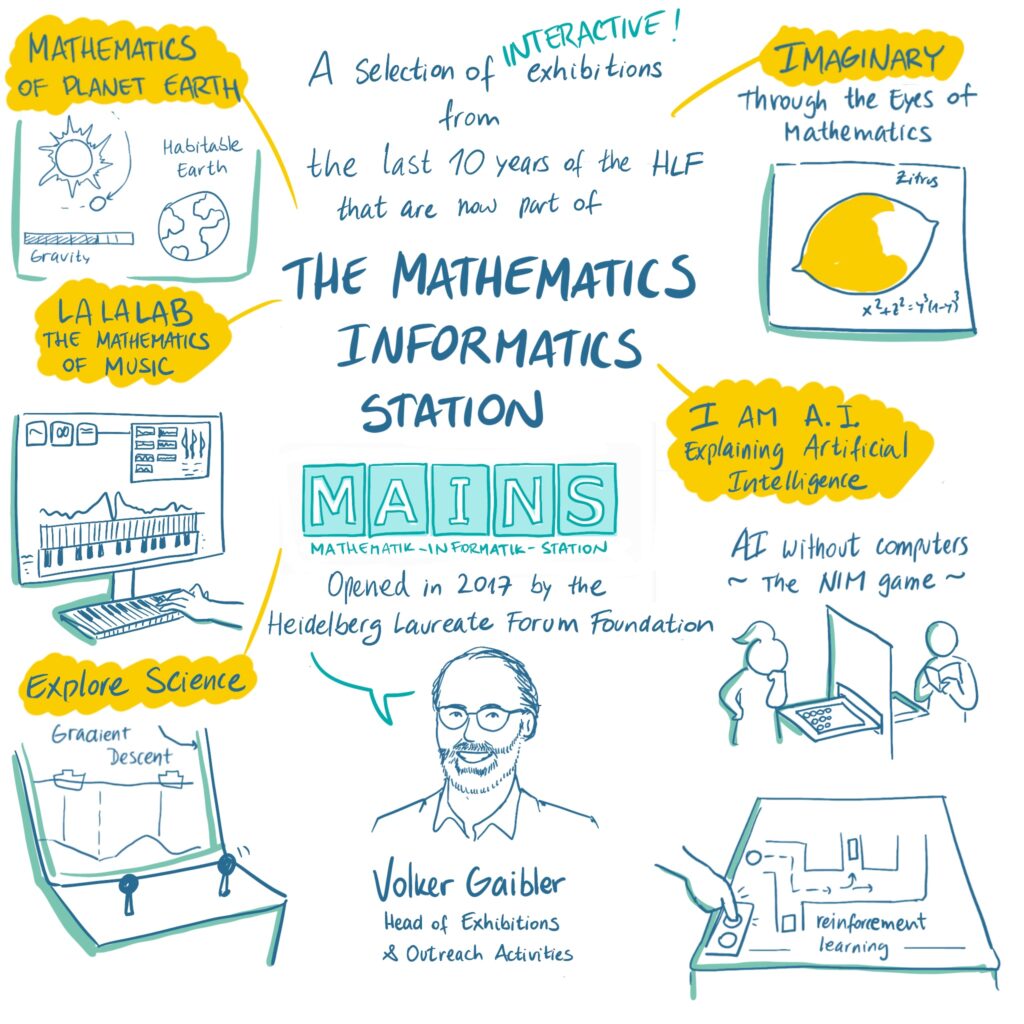


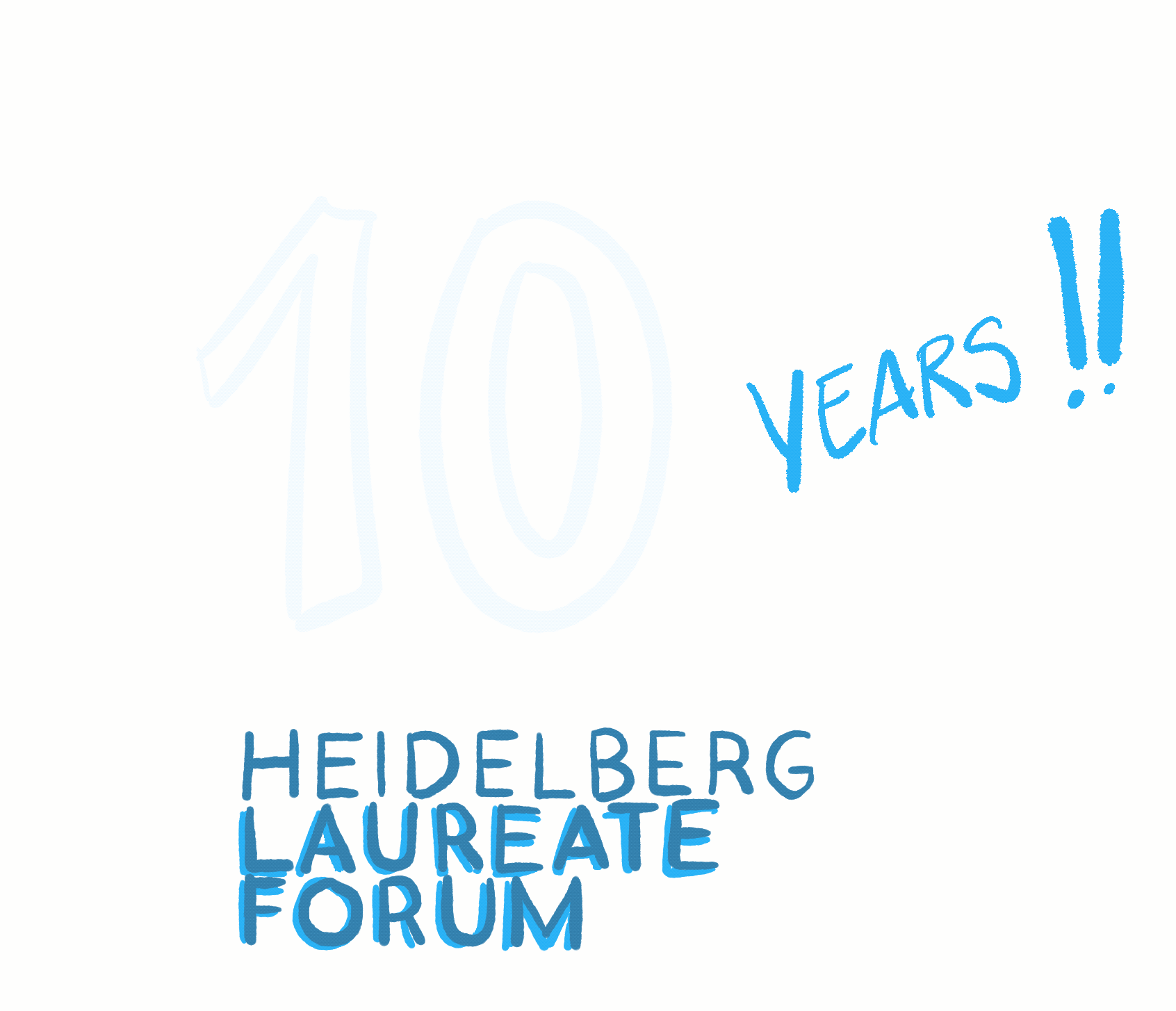
Constanza Rojas-Molina wrote (08. Nov 2023):
> […]
If SciLogs deals you an article of indigestable “visual art” unfit for quoting (
Ctrl+C) nor even searching (<Ctrl+F) then …… at least make it into (more) open thread for SciLogs commenters (with interest in science, and perhaps especially mathematics).
My community service contribution: this SciLogs commentary LaTeX test —
“\( \LaTeX \)” is rendered as: “\( \LaTeX \)”.
Illustrations aren’t translatable into text. When you go to a concert, are you angry that they don’t supply you with a painting that translates the music?
For Rojas-Molina’s work, the pictures add a lot. A straight export of the text wouldn’t hang together.
Frank Wappler wrote (10.11.2023, 15:36 o’clock):
> […] SciLogs commentary LaTeX test […]
As this test demonstrated, LaTeX-rendering is enabled on this page. (Excellent!)
However, the included documentation of how to effect such rendering in SciLogs comments in the first place was thereby shown in rendered appearance as well, and not as “plain text” (as intended, to be usable).
Trying to complete the community service advertised in my previous comment it remains to test:
Is rendering suppressed if text is enclosed in
<code> ... </code>tags ?:"\( \LaTeX \)"is rendered as: “\( \LaTeX \)”.Or:
Can rendering be suppressed by special character substitution ?:
(1) “\( \LaTeX \)”
(2a) “\( \LaTeX \)”
(2b) “\( \LaTeX \)”
(3a) “\( \LaTeX \)”
(3b) “&#92;( \LaTeX \)”
…